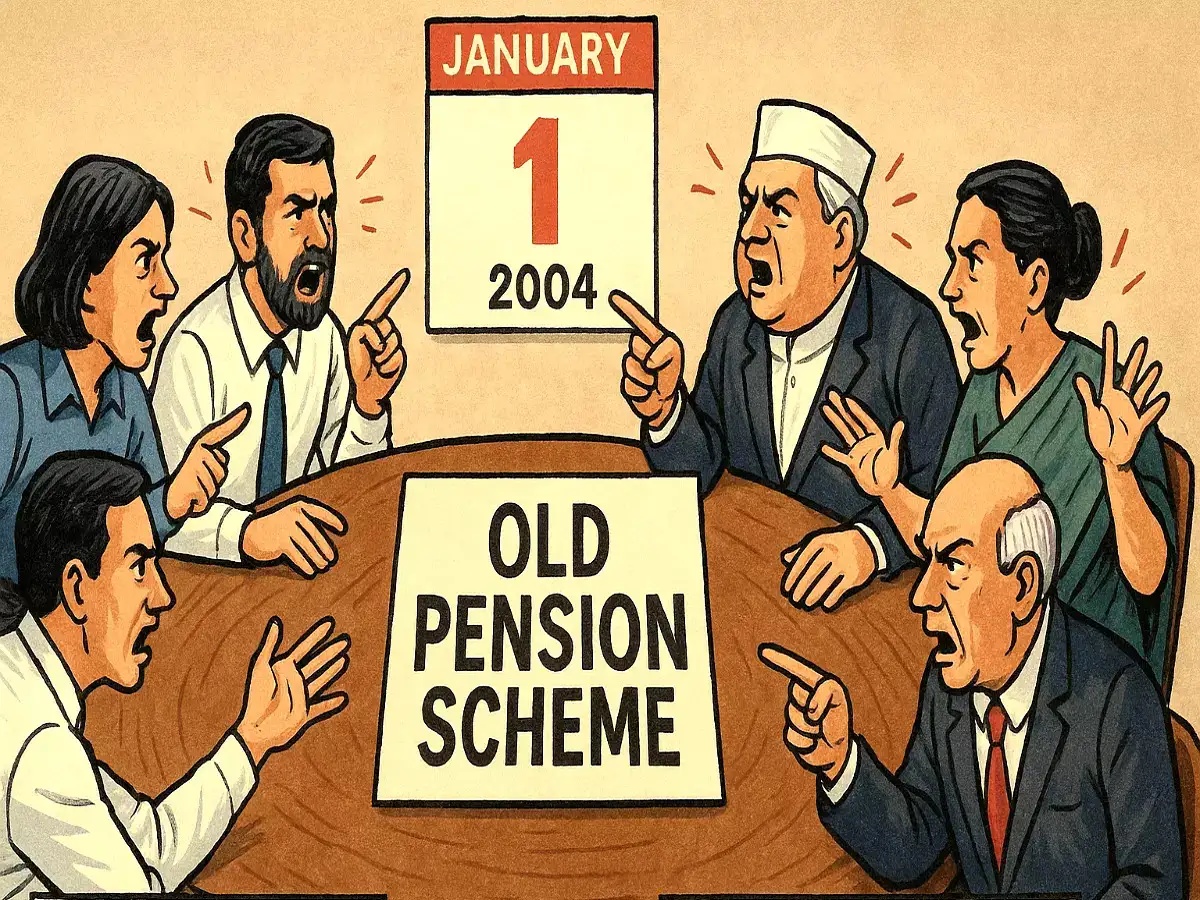
Government Clarifies No Extension of Old Pension Scheme for Specific Central Employees
The Indian government has confirmed that central government employees appointed before the National Pension System (NPS) was notified on December 22, 2003, will not receive extended benefits under the Old Pension Scheme (OPS). Pankaj Chaudhary, the Minister of State for Finance, addressed this during a Lok Sabha session on August 13, 2025, emphasizing that the decision aligns with court rulings and administrative directives. The government issued OM No. 57/05/2021-P&PW(B) on March 3, 2023, granting a one-time option to employees hired before January 1, 2004, to transition to the CCS (Pension) Rules, 1972 (revised 2021). However, no further proposals are under consideration for expanding OPS benefits to these employees, regardless of their employment in Public Sector Undertakings (PSUs) or Public Sector Banks.
OM Directive and Legal Context for Pension Transition
The memorandum dated March 3, 2023, outlines the government’s consultation with multiple departments to address judicial interpretations of pension rights. The OM No. 57/04/2019-P&PW(B) from February 17, 2020, established a time-bound framework for employees who were selected for recruitment before December 31, 2003, but joined service after January 1, 2004. This directive ensures that employees who were absorbed into the NPS system post-2003 can choose between the old and new pension regimes. The legal framework, shaped by court decisions, underscores the government’s commitment to maintaining the NPS as the primary pension system for central government employees.
SBI Employees’ Eligibility and Pension Rules
Chaudhary’s response to a parliamentary query about SBI employees who joined after August 1, 2010, clarified that the State Bank of India Employees’ Pension Fund Regulations, 2014, explicitly exclude such employees from OPS benefits. This highlights the rigid eligibility criteria for OPS, which is tied to recruitment dates prior to the NPS implementation. The minister’s clarification reinforces that the OPS is no longer a viable option for employees who joined service under the NPS framework, emphasizing the permanence of the transition to the market-linked NPS system.
Old Pension Scheme vs. National Pension System: Key Differences
The Old Pension Scheme (OPS), established in the 19th century and reformed post-independence in 1947, provided a defined pension with features like pension commutation and family benefits. However, it was replaced by the National Pension System (NPS) in 2004, which operates on a defined contribution model. NPS allows employees to accumulate market-linked returns, with 60% of their corpus withdrawable as a lump sum at 60, and the remainder used to purchase an annuity. While OPS is still followed by some states, the central government has consistently upheld NPS as the sole pension system for its employees, reflecting a shift toward financial sustainability and market-driven retirement planning.
Implications for Central Government Employees and Future Outlook
The government’s stance on OPS benefits underscores the permanence of the NPS framework for central government employees. With the OPS phased out since 2004, the focus remains on ensuring the NPS’s viability through market-linked returns and structured withdrawal options. Employees who joined before 2004 retain the option to transition to the CCS Pension Rules, but no further extensions are planned. This decision aligns with broader fiscal policies aimed at reducing pension liabilities while adapting to modern financial systems. As the NPS continues to evolve, its role in balancing employee benefits with fiscal responsibility remains central to the government’s pension reform agenda.




